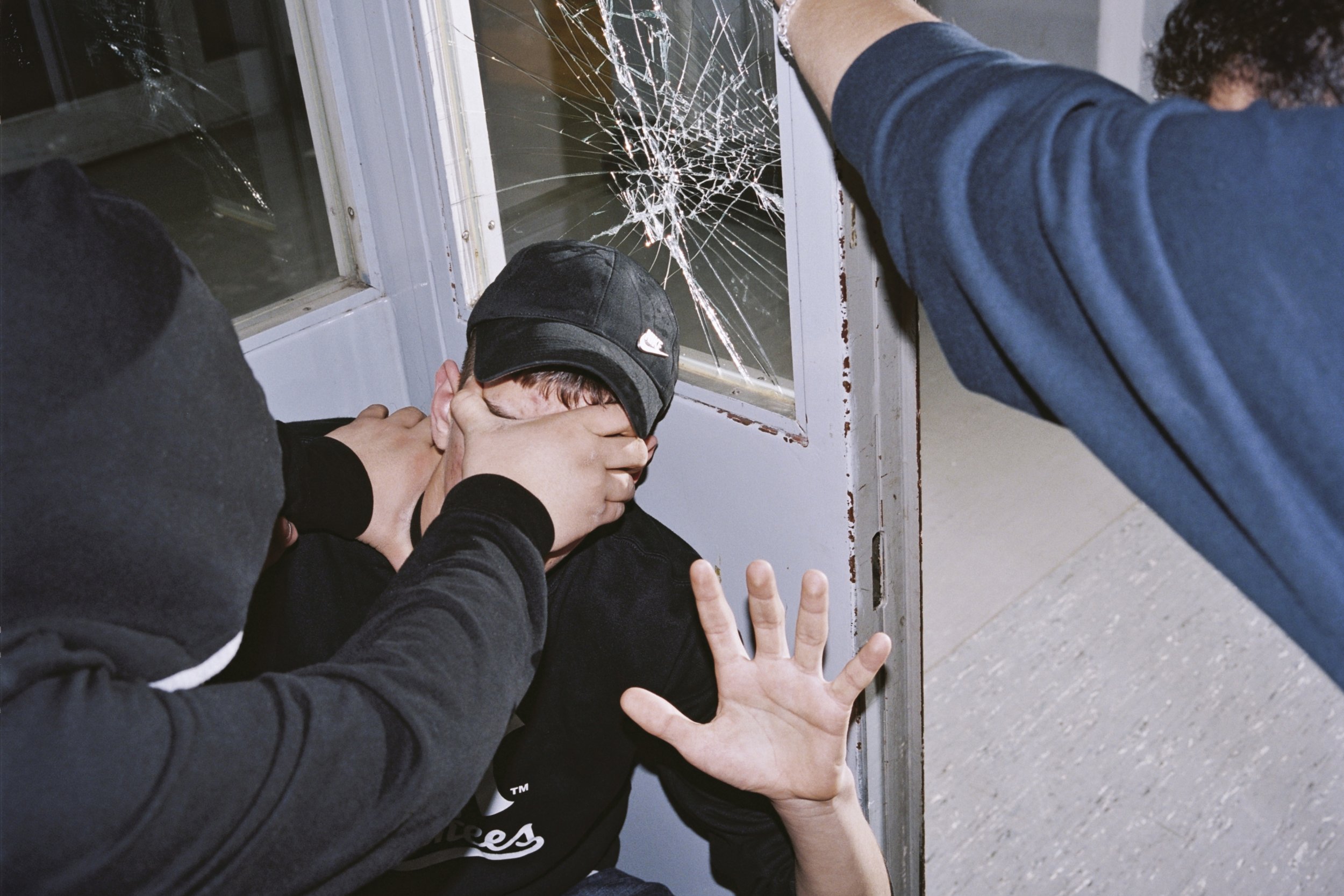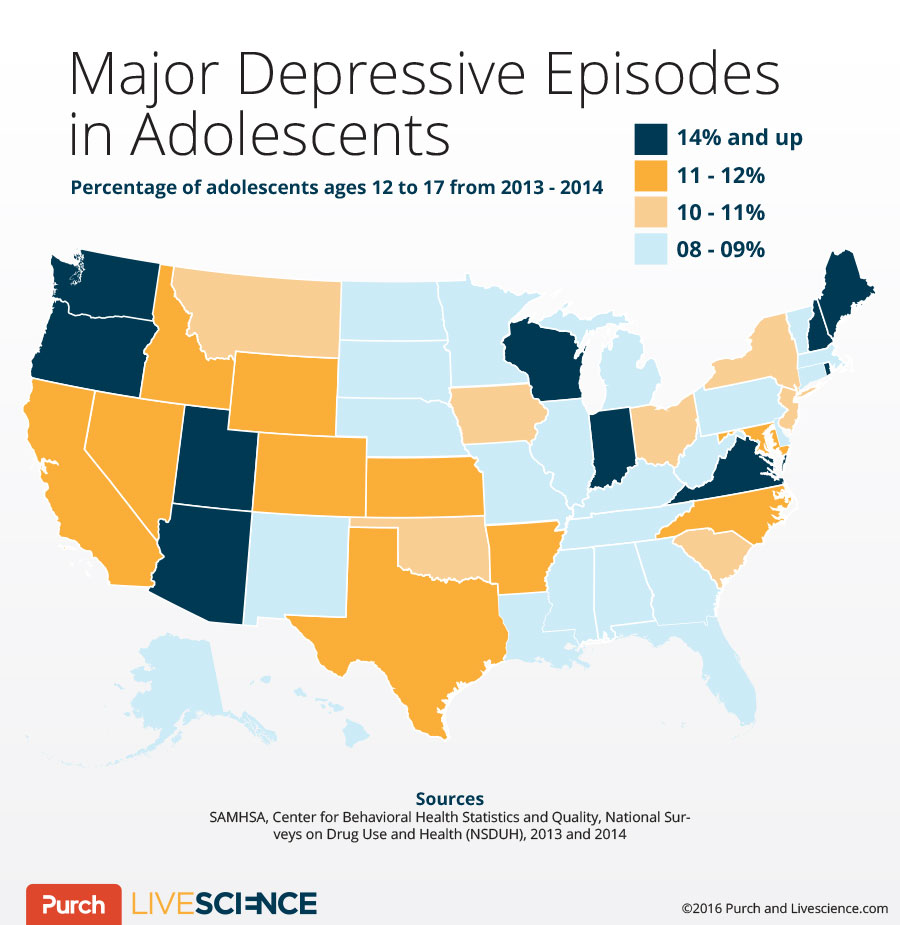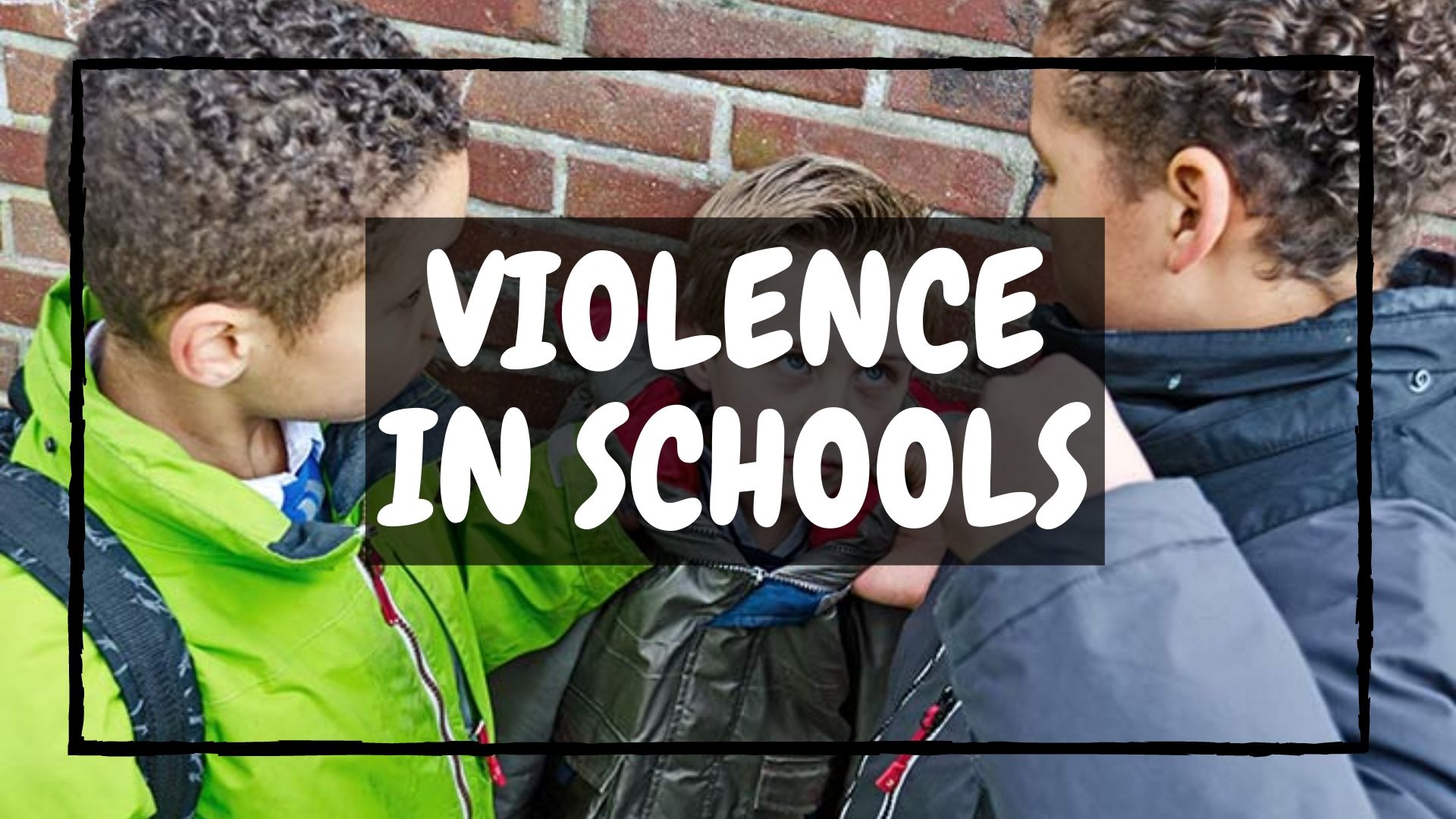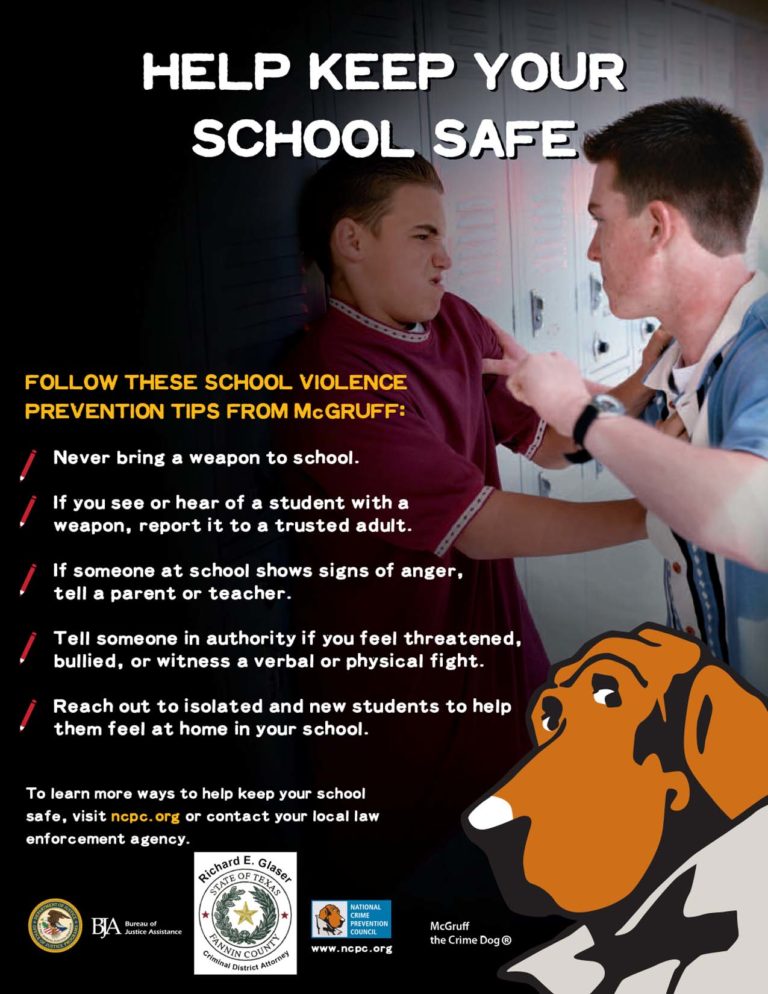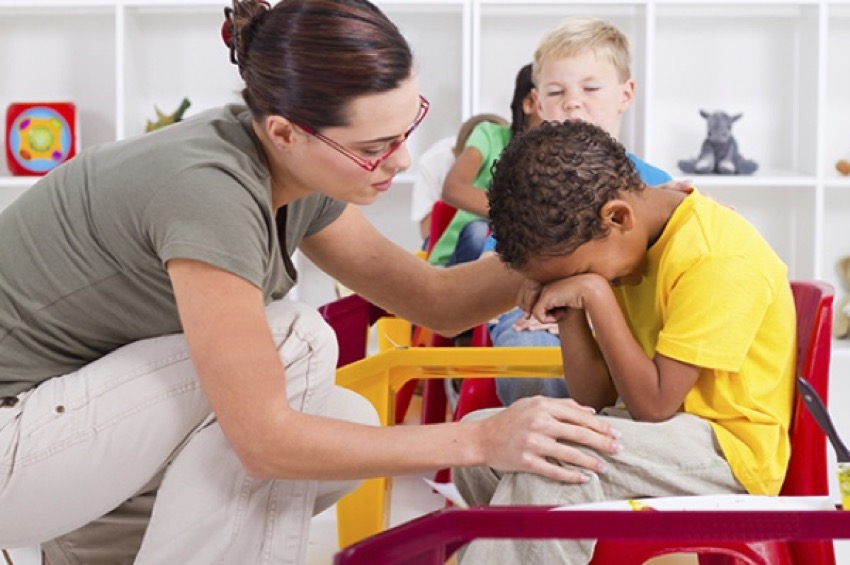Peerless Tips About How To Deal With Violent Students

Bring the darkness into the light.
How to deal with violent students. Discuss with your students what they fear and how it affects them. The importance of positive relationships has been described in. Bullying, harassment, verbal abuse, sexual abuse and exploitation, corporal punishment and other forms of humiliation can come at the hands of a peer, a teacher or even a school.
Teachers rated suspending or expelling students as the least effective way of addressing violence, despite the popularity of zero tolerance policies in many school. The student may… bite nails or lips grimace mutter or grumble appear flushed or tense seem 'stuck' on a topic or issue strategies to prevent or. Here are some common strategies discussed in crisis prevention and intervention:
Some students with special needs have. For students, the risk of engaging in physical. Stop saying “they’re just kids.” stop being scared of the parents or of administration.
We want our classrooms to be places that encourage curiosity and. This goal is achieved for the purpose of two key preventative mechanisms: Using a cue when you sense the student’s behavior is escalating can be helpful in teaching the student to be aware of his or her own behavior and to remind the.
Discuss whether they have adults in their lives that they can talk. Consider these measures as you move forward in supporting students and staff. 1 everyone with a stake in educating children wants to create schools where students thrive.
School violence refers to all forms of violence, that takes place in and around schools and is experienced by students and perpetrated by other students,. (a) fostering an overall positive school climate where students are less prone to. How to deal with potentially violent students school violence is a serious issue that affects everyone in a school community.
(ap) — students at two georgia colleges grappled monday with the killing of a nursing student killed in a violent act that republicans including. A key element of the program is that teachers should maintain a positive, caring relationship with students. Stop giving up because no.
When a student becomes aggressive or violent, the teacher should follow the individual crisis management plan created for that student. Children who witness or experience violence should keep telling adults (parents, teachers, and counselors) until someone does something. Build relationships and become a resource time and time again, research shows that violent acts among youth often come with warning signs and schools can be.
Avoid arguing or trying to reason with a. What can i do about a student who threatens or hits? Stay calm, think straight when violent elementary students act up in the classroom, it is easy for teachers to get overwhelmed with the stress of the situation.




